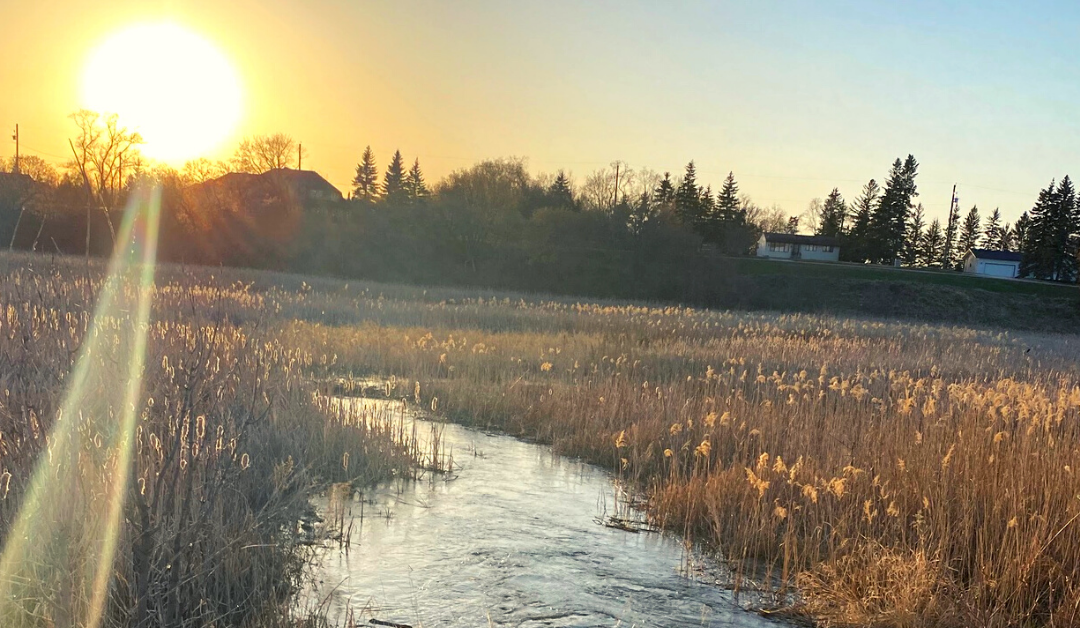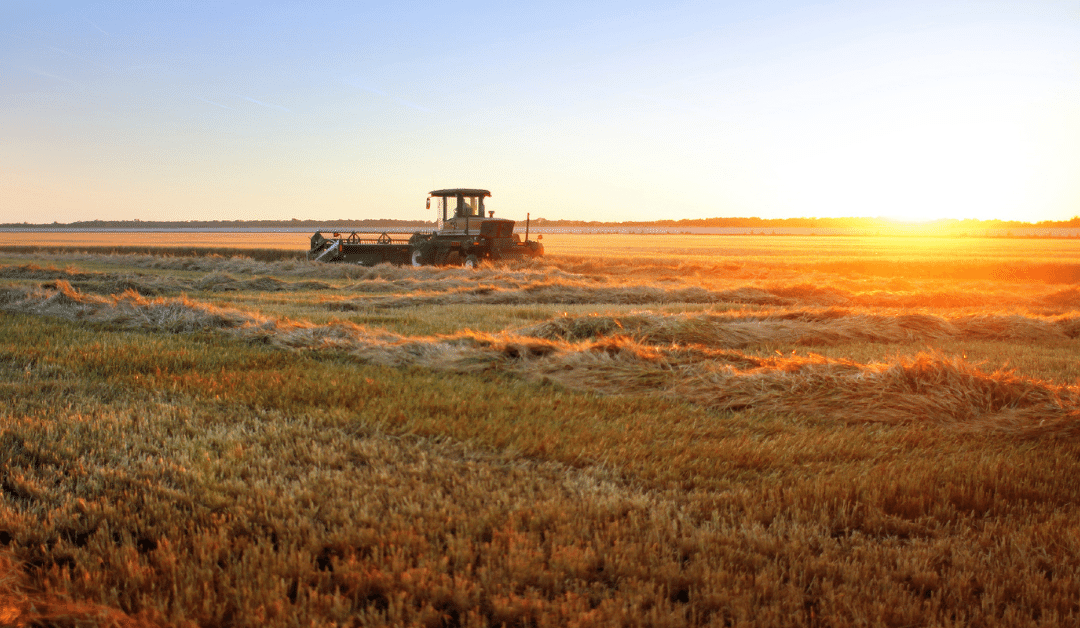I was fortunate enough to have taken part in the Agriculture Considerations for the Canada Water Agency workshop on June 25.
The objective of this session was to hear from professionals working in governance on the issues related to agriculture and water—water security for food security and downstream water quality protection.
This discussion helped inform potential opportunities and solutions that the federal Canada Water Agency can focus on to help fill gaps, enhance programs, provide information, etc.
Each participant’s experience was critical to this discussion, and it turned out being a fantastic event filled with great ideas and unique perspectives.
In short, this workshop was a prime example of how much more we can achieve when we work together. The following is a summary of my thoughts on the matter in the form of my portion as a panelist during the workshop.
Honourable Ralph Goodale kicked off the afternoon session. I was introduced by John Pomeroy, who wears many hats including:
Distinguished Professor, Dept. of Geography & Planning,
Canada Research Chair in Water Resources and Climate Change,
Director, Global Water Futures Programme,
Director, USask Centre for Hydrology,
Director, USask Coldwater Laboratory, Canmore, Alberta,
& Associate Director, Global Institute for Water Security
- Colleen, can you tell us a little about the innovative work in the Winnipeg Metropolitan Region to bring mayors, reeves, and First Nations together around issues of water and community decision-making?
Thanks, John, for asking this question. The conversation around a water agency is timely, and the creation of a coordinating body for our most valuable resources has never been more urgent.
As we talk about the role of the water agency, we have to ensure that there is an understanding of the critical role played by municipalities and Indigenous governments who are managing water on their lands everyday; it is literally in their hands.
Provincial and federal governments are important, and are often the funders of projects that are carried out at the local level where they are planned, approved, engineered, and executed.
It is at the local level that wastewater is managed, drains are planned and permitted, new housing development are created—at times on agricultural lands—and wetlands are protected. And it’s at this level where surface and ground water including recharge zones are managed or not.
2. Can you see Canada Water Agency being able to enhance the coordination and cooperation needed to be even more successful in this convening and implementation?
The local level is where there’s a disconnect between what happens at the higher levels (provincial and federal governments, and perhaps the new water agency) and what actually gets implemented on the ground.
Recognizing this issue, the Winnipeg Metro Region is trying to address this disconnect. We believe the way to achieve this is through the creation of a long term Regional Plan or 2050.
Plan 2050 will allow us to strengthen the last mile connection and ensure strategies and policy towards agriculture, climate, land use, infrastructure, and water are developed and embedded into foundational planning documents that are then legislated and followed by local governments in a consistent manner. Strengthening the last mile also calls us to work across jurisdictions to
- build relationships
- combine our efforts
- create infrastructure networks
- build capacity
- share data
- share management practices
- save dollars that can be directed to new projects, practices, and technologies.
3. Can you speak to the need to cooperate with and include local and Indigenous governments in the discussion, because they are involved in issues of water and agriculture in a local context “where the rubber hits the road.”
Over the past few years, the mayors and reeves of the Winnipeg Metro Region through the leadership of CIER have undertaken a process of reconciliation in action, with a recognition by the leaders that status quo is no longer working.
Collaborative Leadership Initiative (CLI) brought 12 chiefs and 16 mayors together to begin to work across jurisdictions on important issues from flooding, drought, climate change, new economic realities, and social issues.
The CLI leaders signed a MOU in March 2019, agreeing to work together, government to government, to collaboratively and respectfully find a way forward. We are currently working on ways to pilot several projects across the region that cross jurisdictions and could be the foundation of a water quality trading program.
I believe that a new Canada Water Agency could be very effective, as a coordinating and convening entity, to deal with water security and climate. It could also lend support to initiatives like this.
The Canada Water Agency could support local capacity and projects. It could really change the way we manage our water and our land, it could support real collaboration with Indigenous governments, and it could ensure that all the work being done actually gets implemented.
For this agency to be successful and ensure our communities, provinces, and country remain resilient and competitive for future generations, the Canada Water Agency must support local level governance and action. This area cannot be underestimated because it’s at the local level where, as you said, rubber hits the road.
As I mentioned, this workshop was a prime example of how much more we can achieve when we work together. Collaboration is key when it comes to our sustainable future.







0 Comments